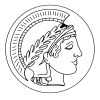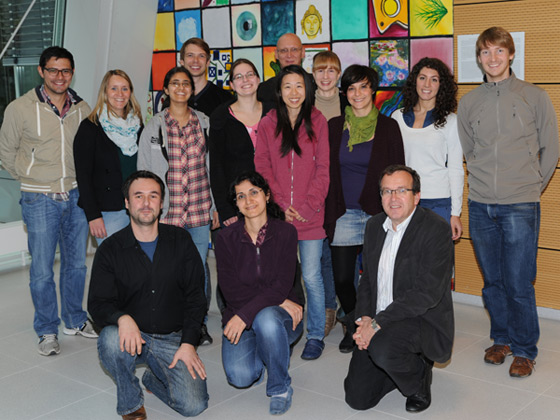
We are a group of physicists, chemists, biologists and engineers who investigate the electro-, mechano- and chemotaxis of Dictyostelium discoideum and actin-based motility. Many of our projects involve working with microfluidics.
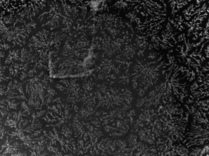
We study the 2D and 3D pattern formation during Dictyostelium aggregation under different conditions. We can vary for example the substrate stiffness, substrate concentration of cAMP, cell density, or decide to apply a gentle flow to the cells, all conditions that have an influence on the aggregation pattern and the aggregation dynamics. Read more about symmetry breaking, aggregation and pattern formation on population scale. We also describe aggregation patternsfrom a theoretical point of view focused on spiral dynamics of excitale media.
In a synthetic biology project, we also make artificial vesicles with the aim to observe membrane-shape instabilities due to actin polymerization. Read more about motility and biomimetics.
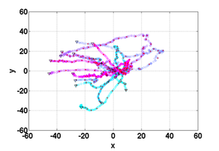
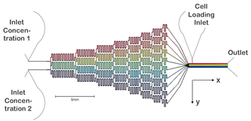
The chemotaxis projects include also work on the motility statistic and directional sensing. We track developed Dictyostelium during their migration in linear gradients of cAMP and describe the migration behavior using a generalized Langevin equation and obtain quantitative parameters as a function of different gradient strengths used.
Understanding more about the dynamics of the actin machinery on a single cell level is the aim of the project on periodic stimulation of Dictyostelium. We apply uniform, periodic cAMP stimuli and observe actin translocation to the cell membrane. The periodicity of this translocation depends on the forcing period.
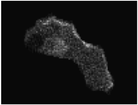
Furthermore, also on the scale of individual, chemotactic cells, we are interested in pattern formation in the actin cortex and during polarization. Finally, also from the perspective of evolutionary biology, we analyze mechanics and dynamics of cellular contacts.
